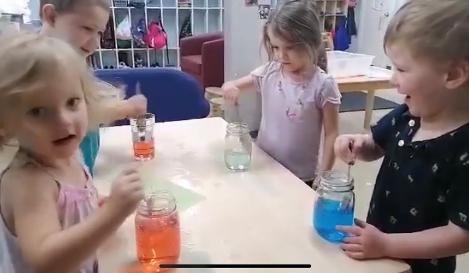COMMUNICATION AND LITERACIES
Communicating with Children...
- Greetings and good-byes
- Holding, cradling, rocking, cuddling, peek-a-boo
- Encouraging turn-taking with verbal and non-verbal interactions
- Responding to cries, gestures, sounds, silences, and words
- Smiling, laughing, singing, chanting, wondering, reassuring, pretending, and listening
- Exaggerating facial expressions, vocalizations, movements, and gestures
- Making eye contact
- Describing explorations, actions, routines, textures, sounds, and feelings
New Brunswick Curriculum Framework - Communication and Literacies (P. 7)
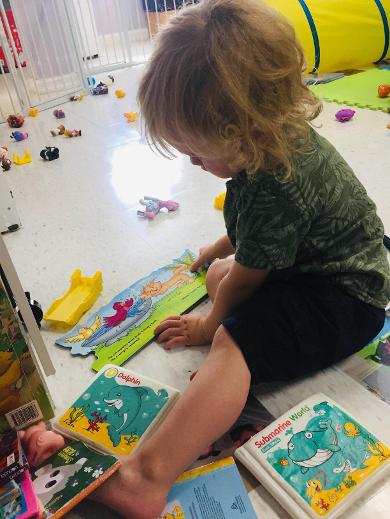
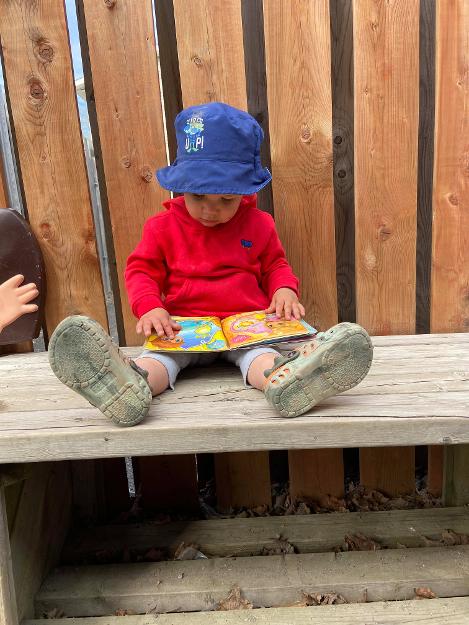
Form relationships - recognizing and responding to human presence and touch
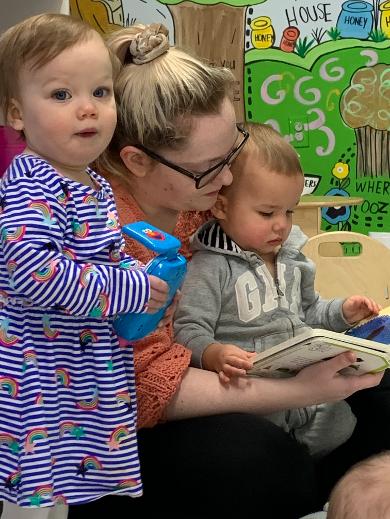
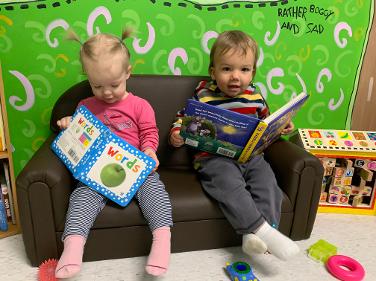

Plan for Children to Encounter and Playfully Explore Print Through:
- Signs in the block corner, the dramatic play centre and the rest of the room
- Letters to home, other children, friends, guest speakers, Santa
- Lists, cards, surveys, rules, directions, maps
- Books, poems, songs, recipes
- Notes, reminders, invitations, shelf labels
- Sign-in, name tags, placements
- Documentation of learning such as questions, descriptions, ideas, and theories



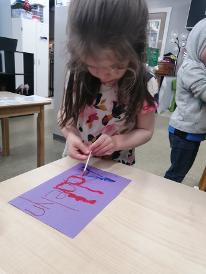
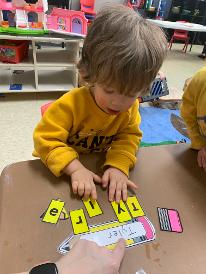
Facilitate meaning making and extend children's encounters with print by:
- Providing opportunities and resources for children to interact with print
- Supporting children't comments about text and mark-making
- Asking questions about meaning and extending learning when appropriate
- Helping children achieve what they are unable to do on their own through reading, talking and creating printed text with them
- Sharing experiences with printed text
- Showing how text is used.
- Recognizing children's efforts to gain meaning from text
- Talk about the shapes and sounds of letters and words
- Documenting carefully which texts the children respond to and how these can be built upon
Hallet (1999, 65)
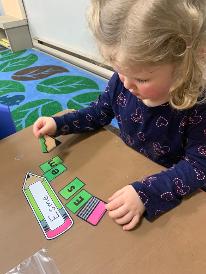

Learn the Conventions of their Languages
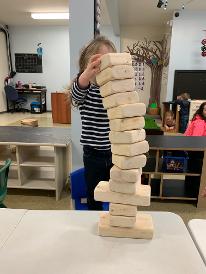
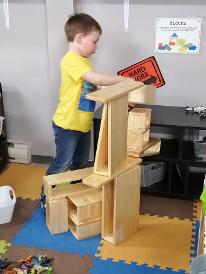

The Language of Block Play:
- Ramps
- Floor-boards
- Cylinders
- Enclosures
- Curves
- Cubes
- Towers
- Rows
- Thick
- Thin
- Length
- Stable
- Incline
- Filling
- Dumping
- Climbing
- Pulling
- Getting inside
- Balancing
- Stacking
- Designing
- Piling
- Patterning
- Experimenting
- Bridging
- Propping
- Tunneling
- Sorting
- Predicting

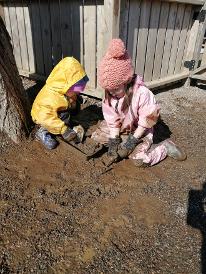
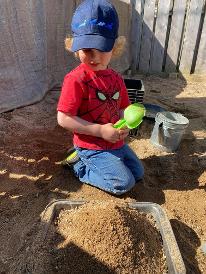
The Language of Sand Play:
- Gritty
- Grainy
- Coarse
- Fine
- Dry
- Moist
- Wet
- Pouring
- Filling
- Sifting
- Measuring
- Smoothing
- Rubbing
- Patting
- Digging
- Tunneling
- Molding
- Excavating
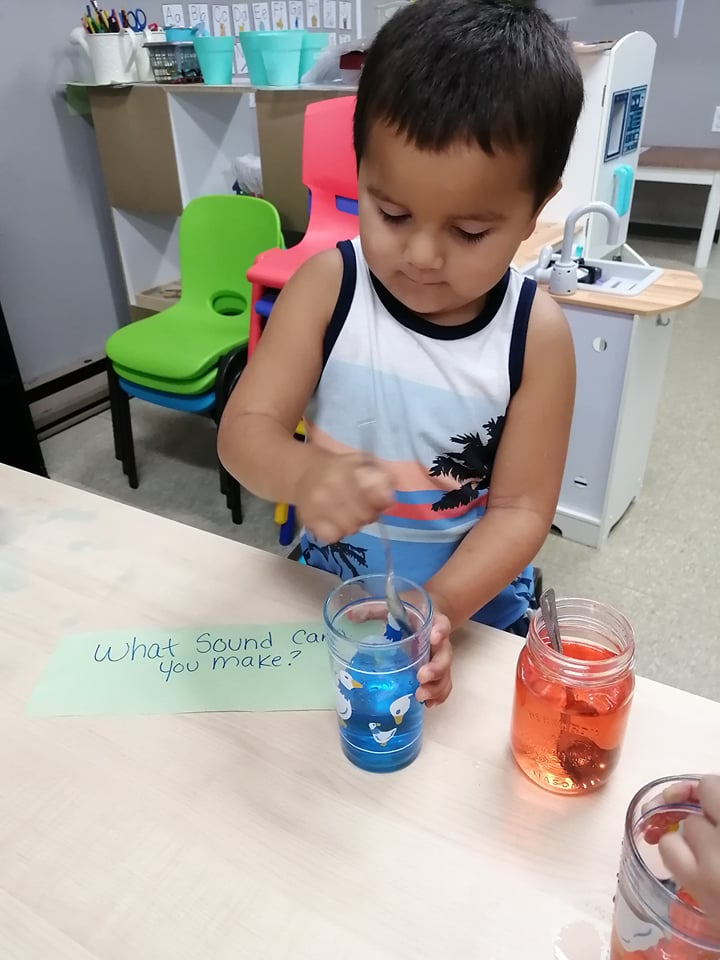
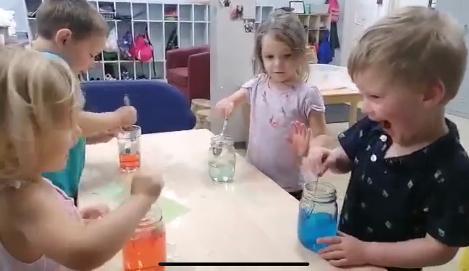
Children should have many opportunities to explore, examine, share, listen, sing, move and respond to music they create themselves or that others create.
~Manners & Carroll (1995, 24)
